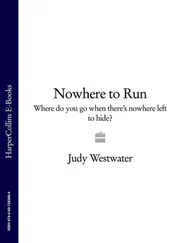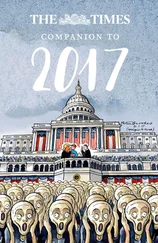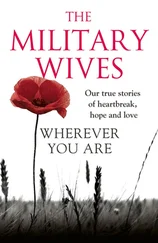Now, how do you make all the pieces fit together? How does something so irrational, so composed of minute details, so thoroughly rooted in the moment-to-moment sense — how does such an object cohere? How does a vision of the human condition emerge from such a thing?
I've already mentioned my premise: that the literary art object is organic and emerges because every sensual detail interlocks with and resonates with every other detail. Everything circles back on itself. The deep patterning of the sensual details mirrors that deep, most patterned level of sense detail in the world. In music it's called motif, and we borrow that term for literature. Things return and return. The associative values of these returning things evolve and interconnect. As a reader you recognize the presence of motif, and as a writer, you create meaning in this way.
At the beginning of the twentieth century acting was understood to be an art form in which an actor intellectually, consciously, willfully — often quite brilliantly, but willfully— took on the gestures, postures, facial expressions, and tone of voice of the character. Then Konstantin Stanislavsky came along to the Moscow Art Theatre and reimagined this art form. He said: No, you do not consciously, analytically put on a performance; that's not where performance comes from. Instead, the actor brings her own internal sense memory, her own sensory mechanism, into internal alignment with the sensory mechanism of the character. Once that has been accomplished, the external performance results. He said: Craft and technique are necessary, but they are secondary. They are downstream from where the performance begins, which is inside you. Inside you. This is what came to be called "method acting." It is at the heart of every good performance you see on the television, on the movie screen, on the stage today. Indeed, what I've been talking about with you all along could quite accurately be termed "method writing." It's based on many of the same insights.
There's a teacher named Keith Johnstone, who writes on improvisation and on a process he calls reincorporating. People who do improvisation work with disparate elements, some of which may come to them from the audience. Johnstone says the improvising actor is like a man walking backward. He's going forward, but he's doing so constantly with reference to where he's been. The improviser makes progress only by looking back and reincorporating the things that are already present in the narrative.
In a work of fiction those initial disparate, instinctive things come out of your dreamspace. But in writing as in improv — I promise you it's parallel — you cannot move forward narratively by transferring those elements onto your computer screen and saying, "OK, what's next?" Let's go back to Graham Greene and think about the decomposition of your life, that compost heap where all of your experiences have decomposed. Now you wish to compose a work of art. Your unconscious yields up things in an ongoing way, and as a narrator you're looking back always to what's already there. You move forward in a narrative by recomposing, reincorporating the things that are already at work in the story. What you end up with then are the interlocking elements, the return of elements, the motifs that bind everything in the work sensually together. When you do that, a gestalt emerges, a sum that is much greater than those parts. And the work thrums. The thrumming has to do with the interlocking of various tones and sounds and movements of the air.
I want to give you an example. Forgive me, I'm going to go into some detail about that novel, Countrymen of Bones— a novel you've almost certainly not read — largely because I have trouble remembering anything else. Did I mention Graham Greene?
Countrymen of Bones, as I said, is set in 1945, mostly in the Alamogordo desert. It's told as a third person narrative with two main point-of-view characters — that is, the narrator has access to two sensibilities. One of them is Darryl Reeves, an archeologist, who has found an Indian burial mound out in the middle of the desert. The mound dates from the seventeenth century, though the desert Indians of the seventeenth century were nomads. So this Indian tribe had to come from the Midwest where the mound builders were. What is it doing here? It's a great archeological find.
Darryl has two grad students working with him, trying to uncover this Indian burial site, and as the book opens they've just cleared the mound away and are about to go into the tableau below the surface of the ground. There are B-29S doing practice bombing nearby, but most important, a thousand yards down the desert south of them, the first atomic bomb is being assembled. The first test is going to happen in fourteen weeks.
The second major character is Lloyd Coulter, a nuclear physicist working on the bomb with J. Robert Oppenheimer, who's a minor character in the book. What we have are two men of the mind, Darryl and Lloyd, scientists who pride themselves on their rationality but who yearn for connection because they are very much disconnected from the world.
I'm going to talk in secondary, artificial ways about this book now, not in the way the book is meant to be encountered.
Each of the men is reining in a potential for violence. Lloyd, particularly, saw his father beat his mother, badly, over and over, and that knowledge roils deep inside him. Darryl seems at first not to have a potential for violence; his problem is disconnectedness, and the devastating loss of a wife who left him several years before.
There's a third major character — not a point-of-view character — Anna Brown, in the Women's Army Corps. She's awakening to her independence, as many women did during the war. Lloyd has encountered her in the supply house of Los Alamos, and he greatly desires her. He arranges for her to be transferred down to the bomb site to work for him. At some point, Darryl also meets Anna and also falls for her. Oppenheimer, sympathetic to the young archaeologist, loans Anna Brown to the excavation site, so an intense jealous rivalry springs up between Lloyd and Darryl.
On one site, then, the atom bomb is being created. On the other, that tableau being uncovered from the earth reveals an Indian king laid out on a cape of twenty thousand polished shell beads — meaning he was a great power. Darryl finds one, then another, and finally a third body within the sacred circle, all three of quite young women whose necks have been broken. It's clear they were ritually murdered to accompany the king to the afterlife.
When the army took over the Alamogordo desert, they put some ranchers off their property. At the very opening of the novel, in addition to the bombs on the horizon, you hear gunfire off to the east because one of those ranchers is holed up there, conducting a kind of guerrilla warfare in rage at having been forced off his ranch.
The book, in its large patterns, is already about violence, is it not? That theme is tapped again when Darryl goes back to Santa Fe and meets a professor who had joined the army, had his back and leg shot off, and who brings rumors of the Holocaust going on in Europe. Political violence echoes the personal violence building between the two men.
In its pattern of small details, also, the book returns to and recomposes its motifs.
Look at their occupations. Darryl is an archeologist opening up the earth. When he thinks of the wife who left him, from whom he was aloof, he understands her only by looking at the things she has left on her dresser: a hair brush, a mirror, objects he examines as if they were pieces of an ancient excavation.
He's awkward with Anna, but when he uncovers the first skeleton of a murdered woman (the sexing of a skeleton is a matter of feeling the pelvis; certain parts of the pelvis gape open farther in a woman), this is an intensely erotic scene. The young woman's presence in his consciousness is very strong.
Читать дальше
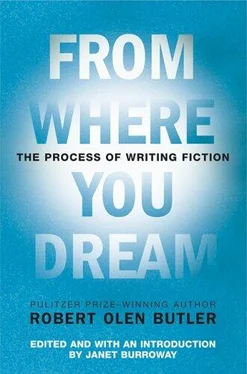
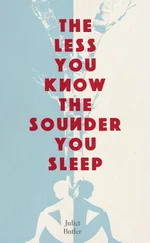
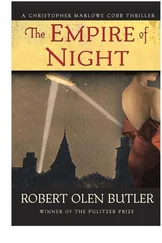
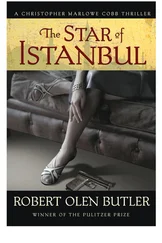
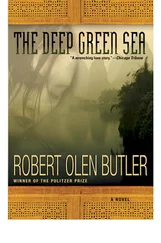
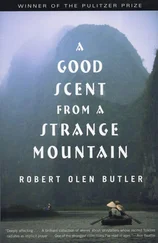
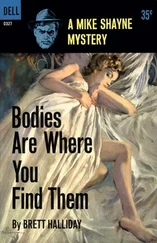
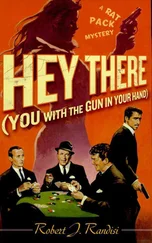

![Theresa Cheung - The Dream Dictionary from A to Z [Revised edition] - The Ultimate A–Z to Interpret the Secrets of Your Dreams](/books/692092/theresa-cheung-the-dream-dictionary-from-a-to-z-r-thumb.webp)
